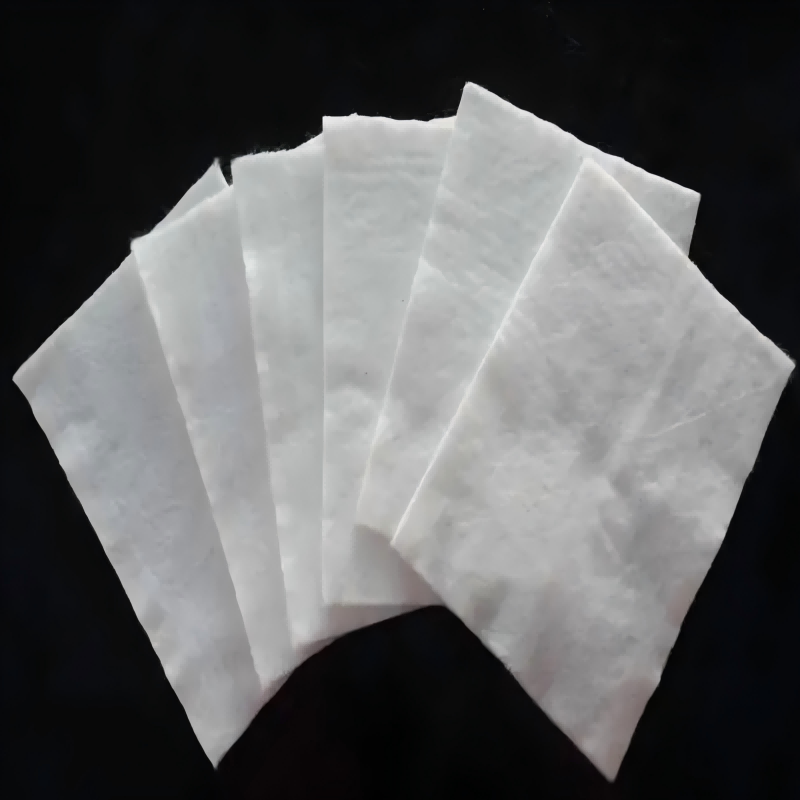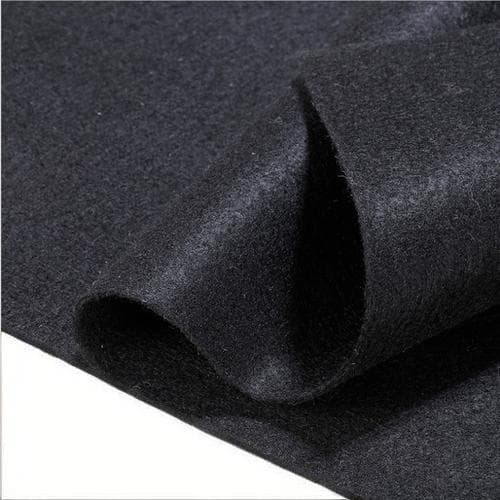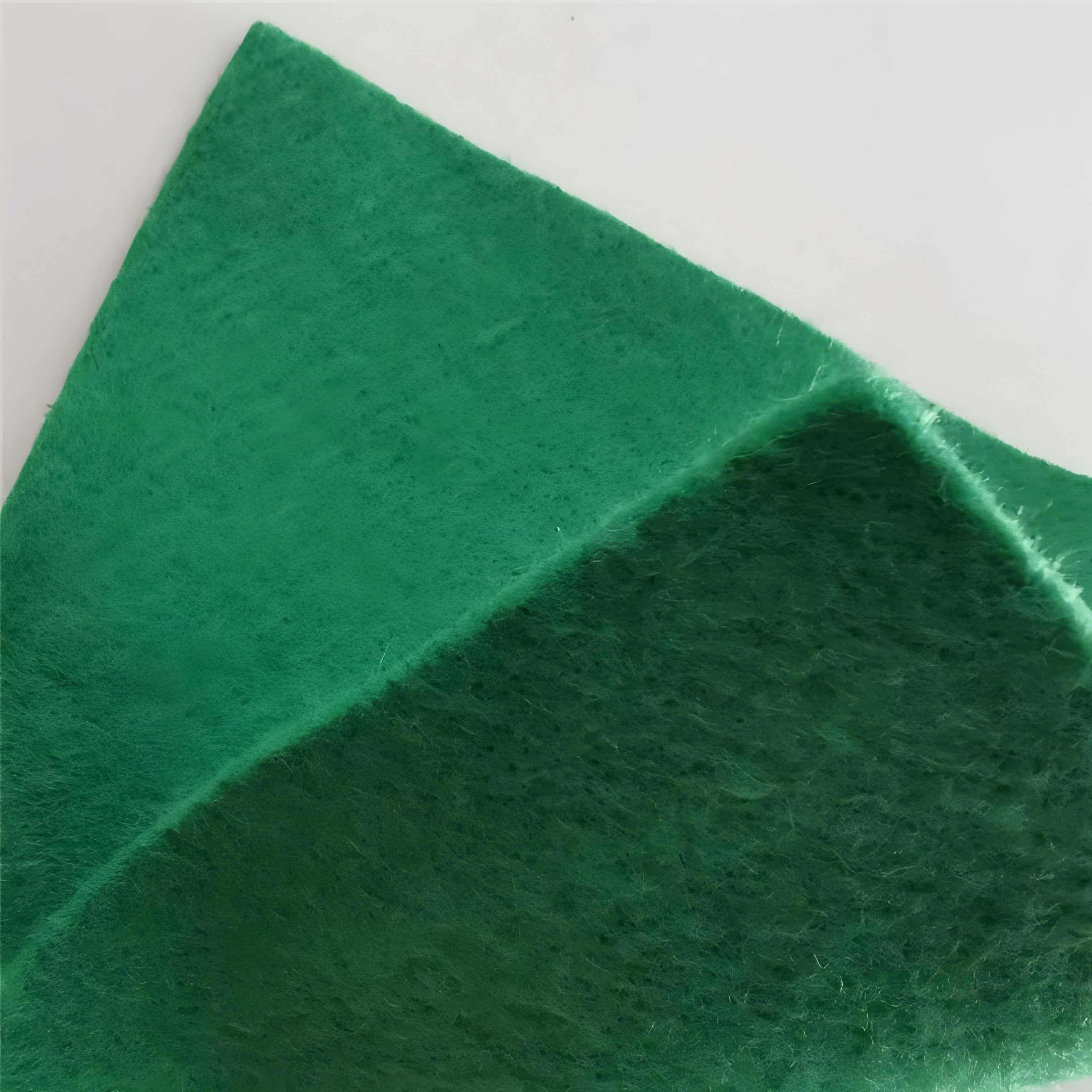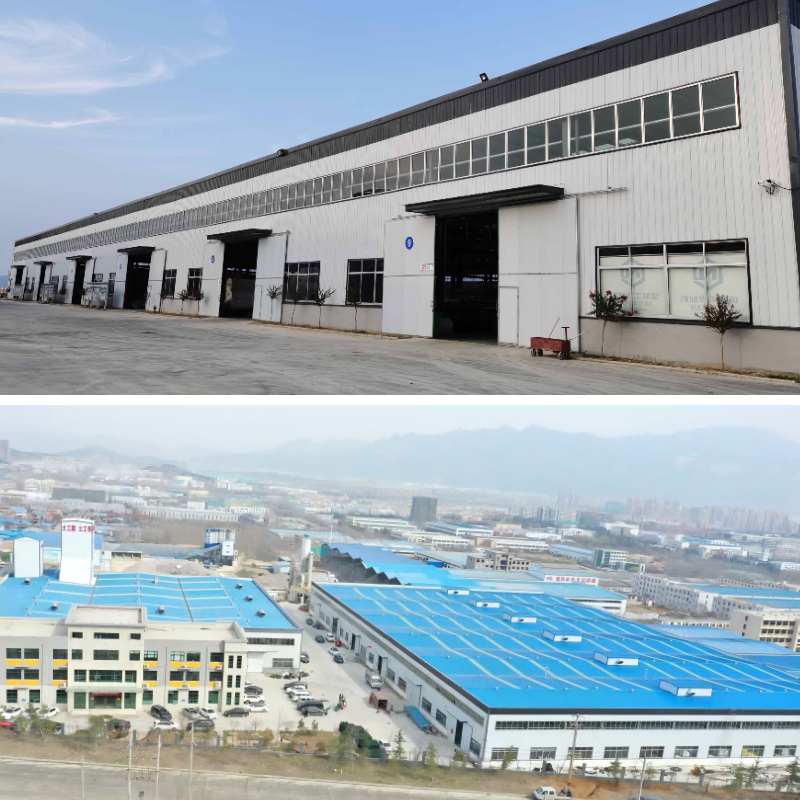Geotextile Garden
Soil and Fertilizer Conservation: Prevents soil erosion and compaction, maintains soil looseness and air permeability, and reduces nutrient loss.
Weed Control: Physically blocks light to suppress weeds, minimizing the use of herbicides and ensuring a harmless, environmentally friendly solution.
Water-Saving and High-Efficiency: Water-permeable and moisture-retaining, reduces evaporation, and improves irrigation efficiency.
Durable and Worry-Free: Resistant to aging and corrosion, easy to install, adaptable to various scenarios, and reusable.
Product Introduction:
Introducing our Geotextile Garden—a game-changer for hassle-free gardening that blends durability, eco-friendliness, and practicality to elevate your planting experience. Made from weather-resistant, anti-aging materials, it acts as a multi-functional barrier: it shields soil from erosion and compaction, keeping it loose and well-aerated to support healthy root growth while locking in nutrients to reduce loss; it blocks sunlight to naturally suppress weed germination, cutting down on manual weeding and the need for chemical herbicides, making your garden greener and safer; it also boosts watering efficiency by letting water and nutrients seep through while minimizing evaporation, helping you save water and reduce maintenance time.
Lightweight and easy to lay, it fits seamlessly into all scenarios—from potted plants to backyard flower beds—and can be reused season after season, offering long-lasting value for both new gardeners and seasoned enthusiasts looking to simplify upkeep and grow healthier plants.
Product Parameters:
project | metric | ||||||||||
Nominal strength/(kN/m) | |||||||||||
6 | 9 | 12 | 18 | 24 | 30 | 36 | 48 | 54 | |||
1 | Longitudinal and transverse tensile strength / (kN/m) ≥ | 6 | 9 | 12 | 18 | 24 | 30 | 36 | 48 | 54 | |
2 | Maximum elongation at maximum load in longitudinal and transverse directions/% | 30~80 | |||||||||
3 | CBR top penetration strength /kN ≥ | 0.9 | 1.6 | 1.9 | 2.9 | 3.9 | 5.3 | 6.4 | 7.9 | 8.5 | |
4 | Longitudinal and transverse tearing strength /kN | 0.15 | 0.22 | 0.29 | 0.43 | 0.57 | 0.71 | 0.83 | 1.1 | 1.25 | |
5 | Equivalent aperture O.90(O95)/mm | 0.05~0.30 | |||||||||
6 | Vertical permeability coefficient/(cm/s) | K× (10-¹~10-), where K=1.0~9.9 | |||||||||
7 | Width deviation rate /% ≥ | -0.5 | |||||||||
8 | Unit area mass deviation rate /% ≥ | -5 | |||||||||
9 | Thickness deviation rate /% ≥ | -10 | |||||||||
10 | Thickness coefficient of variation (CV)/% ≤ | 10 | |||||||||
11 | Dynamic perforation | Puncture hole diameter/mm ≤ | 37 | 33 | 27 | 20 | 17 | 14 | 11 | 9 | 7 |
12 | Longitudinal and transverse fracture strength (grab method)/kN ≥ | 0.3 | 0.5 | 0.7 | 1.1 | 1.4 | 1.9 | 2.4 | 3 | 3.5 | |
13 | Ultraviolet resistance (Xenon arc lamp method) | Longitudinal and transverse strength retention rate% ≥ | 70 | ||||||||
14 | Ultraviolet resistance (fluorescence UV lamp method) | Longitudinal and transverse strength retention rate% ≥ | 80 | ||||||||
Product Applications:
1. Home Yards and Private Gardens
Flower Beds/Borders: Apply mulch directly to the surface of the soil in the flower bed and then cover with a layer of mulch (such as bark or gravel). This not only prevents weeds from competing for nutrients with the flowers, but also protects the soil structure and prevents soil exposure caused by rainwater erosion. It is particularly suitable for ornamental flowers that require delicate care, such as roses, Chinese roses, and hydrangeas.
Vegetable Gardening: Use between ridges or at the bottom of planting beds in small home gardens to prevent soil from sticking to crop roots, making harvesting easier. It also prevents weeds from competing with vegetables for water and nutrients, making it easier to grow and manage common vegetables like lettuce, tomatoes, and cucumbers, reducing the need for chemical herbicides and ensuring food safety.
Pots and Container Gardening: Cut into shapes that fit the size of the pot and apply to the bottom of the pot or in the middle layer of soil. Applying mulch to the bottom layer improves drainage and prevents root rot caused by overwatering. Applying it to the middle layer separates the soil from the decorative stones on the surface, preventing soil compaction. It is suitable for indoor and outdoor potted plants, such as succulents, pothos, and herbs.
2. Public Green Spaces and Community Gardening
Community Shared Vegetable Gardens: Installed in shared planting areas managed by multiple individuals, Geotextile Gardens can uniformly control weed growth, reducing management confusion caused by unclear weed control responsibilities. They also protect soil fertility, allowing for stable growth of vegetables, fruits, and melons from different growers, and reducing maintenance costs for community gardening.
Park Landscape Belts: Used in large ornamental flower belts or ground cover areas within parks, such as those for seasonal flower plantings like tulips and irises, they reduce rainwater erosion, keep flower belts neat, reduce the weeding and soil remediation workload for gardeners, and extend the landscape's beauty.
3. Rooftop and Balcony Gardening
Rooftop Gardens: Rooftop plantings are subject to load-bearing and drainage constraints. Installing Geotextile Gardens acts as a barrier between the soil and drainage layers, preventing soil particles from clogging drainage holes, cushioning rainwater impact, and protecting the roof's waterproofing. Geotextile Gardens also inhibit weed growth, preventing uncontrolled weed growth that could affect the roof garden's aesthetics and safety. Balcony Flower Boxes/Planting Troughs: Suitable for planting in enclosed balcony spaces. Laying Geotextile Garden on the bottom of a flower box enhances drainage and prevents soil leakage, while laying it on the surface helps control weeds. It's particularly suitable for growing small fruits and vegetables like strawberries and cherry tomatoes, keeping balcony plantings tidier and reducing the cleaning burden caused by scattered soil.
4. Semi-professional and Specialty Planting Scenarios
Succulent Greenhouses/Nurses: Succulents prefer air circulation and avoid standing water. Laying Geotextile Garden in seedling pots or planting beds keeps the soil loose and breathable, reducing soil compaction. It also inhibits weeds from competing with succulents for light and nutrients, improving seedling survival rates and reducing nursery management costs.
Vertical Greening and Vertical Gardens: Used in the planting modules of vertical trellises and vertical planting walls, it stabilizes soil and prevents soil leakage, while ensuring effective water and nutrient penetration. This avoids the common problem of "dry top layers and waterlogged bottom layers" in vertical plantings, making vertical greening easier to maintain.
It protects the soil from erosion and compaction, maintaining a loose and breathable environment to promote plant root growth. It also physically blocks light, inhibits weed germination, and reduces the need for manual weeding and chemical treatments, making it more environmentally friendly. It also optimizes water and fertilizer utilization, retaining moisture and reducing evaporation and nutrient loss, saving resources and costs. Furthermore, its age-resistant and easy-to-lay material makes it suitable for a variety of applications, including home potted plants, garden beds, and rooftop greening. It is reusable, balancing practicality and affordability, making it suitable for gardening enthusiasts of all kinds, simplifying maintenance and improving planting results.













